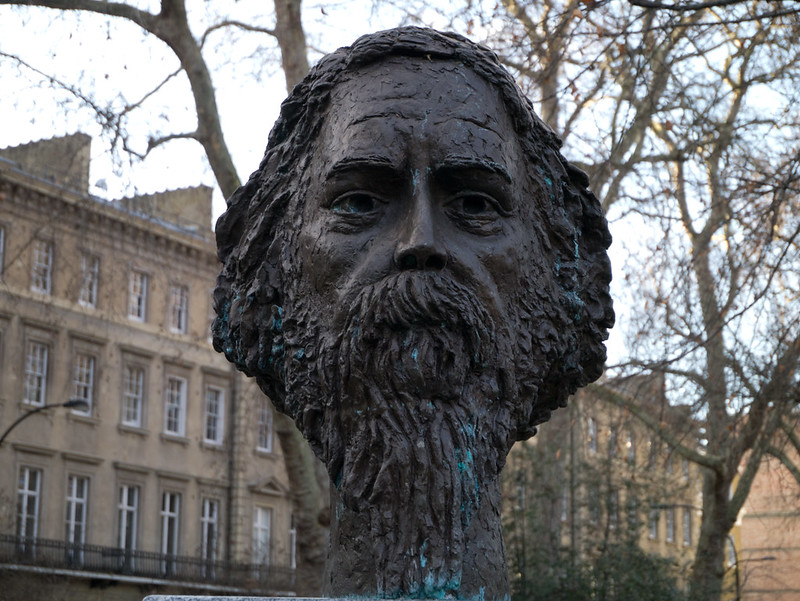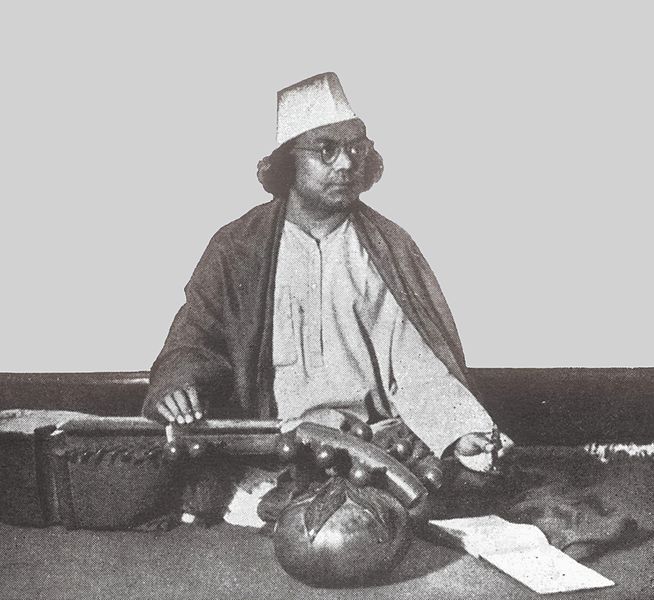Merriam-Webster defines renaissance as ‘a movement or period of vigorous artistic and intellectual activity’. Mostly it is attributed to the revival of classical learning and wisdom in Europe during the 14th century. But our nation, India, has also witnessed a renaissance from the 19th century to the early 20th century in Bengal which is known as the Bengali Renaissance. It echoed the pattern of the European Renaissance but was different from that in some sense.

Cause Of The Revival
There were great psychological and cultural changes that happened in 19th-century India which made the arrival of new and never-seen-before like thinkings inevitable. The fall of most of the existing giant kingdoms and the establishment of alien colonies in every administration created the essence for the educated Indians to look at their surroundings with a rational and critical approach. So they questioned the existing orthodoxies but also lead the society to strive to become more enlightened.
With the evolution of thoughts, the hazy mist dissipates and the Indian intelligentsia became aware of the future of India as a society. The criticism of the dowry system, sati, the caste system was the foremost example of that awareness. To counter the supremacy of the colonial ruler’s narrative of the grandeur of Greece and Roman civilization, Indian intellectuals hailed and rediscovered the Indian classical era. And all these efforts were being made not just to counter some foreign narrative but to project India as an independent and self-sufficient nation on a par with the modern world.
Giants Of The Renaissance
Raja Ram Mohan Roy is regarded as the father of the Bengali Renaissance. Ram Comul Sen was the earliest member of the movement. The British officers who considered themselves as Orientalists (product of rationalism, classicism, and enlightenment) helped the initial Indian intelligentsia.

H. H. Wilson was among them. Satyendra Nath Bose and Jagadish Chandra Bose pioneered in advance science. Rabindranath Tagore and Bankim Chandra Chatterjee were the most important literary figures, accompanied by Begum Rokeya, Sukumar Ray and Kazi Nazrul Islam (national poet of Bangladesh). Madhusudan Dutt’s ‘Meghnadhbadh Kabya’ was a sensational work of literature.
In the field of spiritual, philosophical and religious revival; Ramakrishna, Sri Aurobindo Ghosh, Swami Vivekananda, Paramahansa Yogananda, Chaitanya Mahaprabhu played an important role. They were accompanied by numerous of great religious and social reforms, scholars, literary giants, journalists, patriotic orators and scientists who contributed in their respective field to revive the society. Satyajit Ray, a great filmmaker, is regarded as the last prominent figure of the Bengali Renaissance.
Bengali Renaissance and European Renaissance
The Bengali Renaissance was different from the European Renaissance in some particular matter. Our intellectuals had to counter and resist the foreigners’ rule while liberating the masses from the prevailing orthodoxies of the society while the 14th-century European intellectuals had to only deal with the existing dogmas. This moment soon spread in Bombay and Madras provinces also but was not so effective there.
The Secular, Socialist, Liberal, Republic of India, in which we are living today, was somehow determined to be the greatest democracy of the world during this movement.
